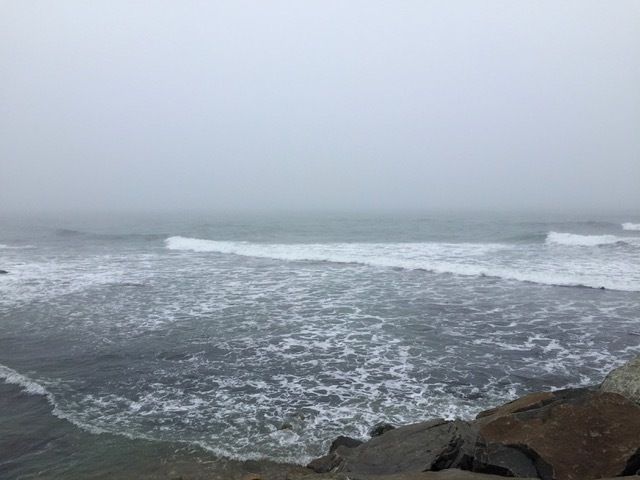The Gift of Memory
In the aftermath of catastrophic loss due to death, quality support from those who understand is key to navigating the uncertain waters of grief. Support groups not only shatter the illusion that we are alone in our grief, but can offer valuable tools for its members. As the facilitator for our Compassionate Friends of the Mohawk Valley chapter ,I have witnessed this first hand. The Compassionate Friends is a national organization that provides hope and support to families who have experienced the death of a child, of any age and from any cause.
We routinely share photos and stories about our children, and discuss other topics that encourage the use of memory. These activities help our parents, grandparents and siblings cope with loss and transform grief by creating a continuing bond with their loved ones.
Memory can also promote a sense of belonging in either the past or present, or both past and present simultaneously. What follows is a description of an experience that I had a few years ago that I believe supports my observation.
Mom, Jeannine and Sting
My mother Sadie Roberts died at age seventy-seven, on March 11, 1994 of a massive bacterial infection. For some time after her death, I listened to an album by Sting called The Soul Cages. The album was recorded following the death of his father. Sting's lyrics, vocals and music enabled me to access the visceral experience of my mother's death.
All this time the river flowed endlessly to the sea. Two priests came round our house tonight. One young, one old, to offer prayers for the dying, to serve the final rite. All This Time- Sting
On the day of my mother's death, she was read the prayer of the sick and administered last rites on two separate occasions by two priests, one young and one old.
My daughter Jeannine died at home on March 1,2003 at the age of eighteen, due to cancer. Jeannine and my mother shared a close bond. Jeannine was almost eleven when my mother died and her death had a profound impact.
A few days before Jeannine’s death a young priest and elderly deacon simultaneously recited the prayers of the sick to her.
I had always viewed my mother's and Jeannine's end of life journeys as being separate events. However, the similarities of their end of life experiences indicated that there was a teaching or teachings yet to be discovered.
The Voyage of Life

Montauk, Long Island 2015
I told my wife Cheri about the end-of-life synchronicity that I observed with our mother and daughter after revisiting The Soul Cages. She immediately directed my attention to four portraits on our wall, titled The Voyage of Life.
The Voyage of Life, painted by Thomas Cole in 1842, is a series of paintings that represent an allegory of the four stages of human life: childhood, youth, manhood, and old age. In each painting, accompanied by a guardian angel, the voyager rides the boat on the River of Life.
The River of Life manifests differently in each of Cole’s paintings as the voyager progresses through the four stages of life. The following represents a synopsis of this progression. Full descriptions of each of these stages can be found here.
To the child, the river is smooth and narrow, symbolizing the sheltered experience of childhood. To the youth, the calm river becomes rough, choppy, and full of rocks. In manhood, the youth has grown into an adult and now faces the trials of life. The final painting, Old Age is an image of death. The man has grown old; he has survived the trials of life. The waters have calmed; the river flows into the waters of eternity.
Sting alluded to flowing rivers in All This Time; flowing rivers were a central part of Thomas Cole’s Voyage of Life. This was not mere coincidence to me.
Concluding Thoughts
• I experienced a strong sense of belonging, simultaneously, in two different time periods. I could see myself as both the voyager in the River of Life and one of the two priests in Sting’s song. At that moment, the past was one with my present, and helped me understand the similarities between my mother’s and daughter’s end-of-life journeys.
• One’s voyage of life should not be measured in the number of years lived, but on the impact of those years lived.
• Insights developed when revisiting past events in our life may not be due to recalled memories but evolved memories. Recalled memories in its pure form can be painful in early grief. Evolved memories come from an awareness of the synchronicity between past and present. As a result, challenges presented by death or other life altering transitions can be transcended.
• When memories from our past enrich our present, the way we view the passage of time changes.
I know this much: that there is objective time, but also subjective time, the kind you wear on the inside of your wrist, next to where the pulse lies. And this personal time, which is the true time, is measured in your relationship to memory. Julian Barnes -The Sense of an Ending
